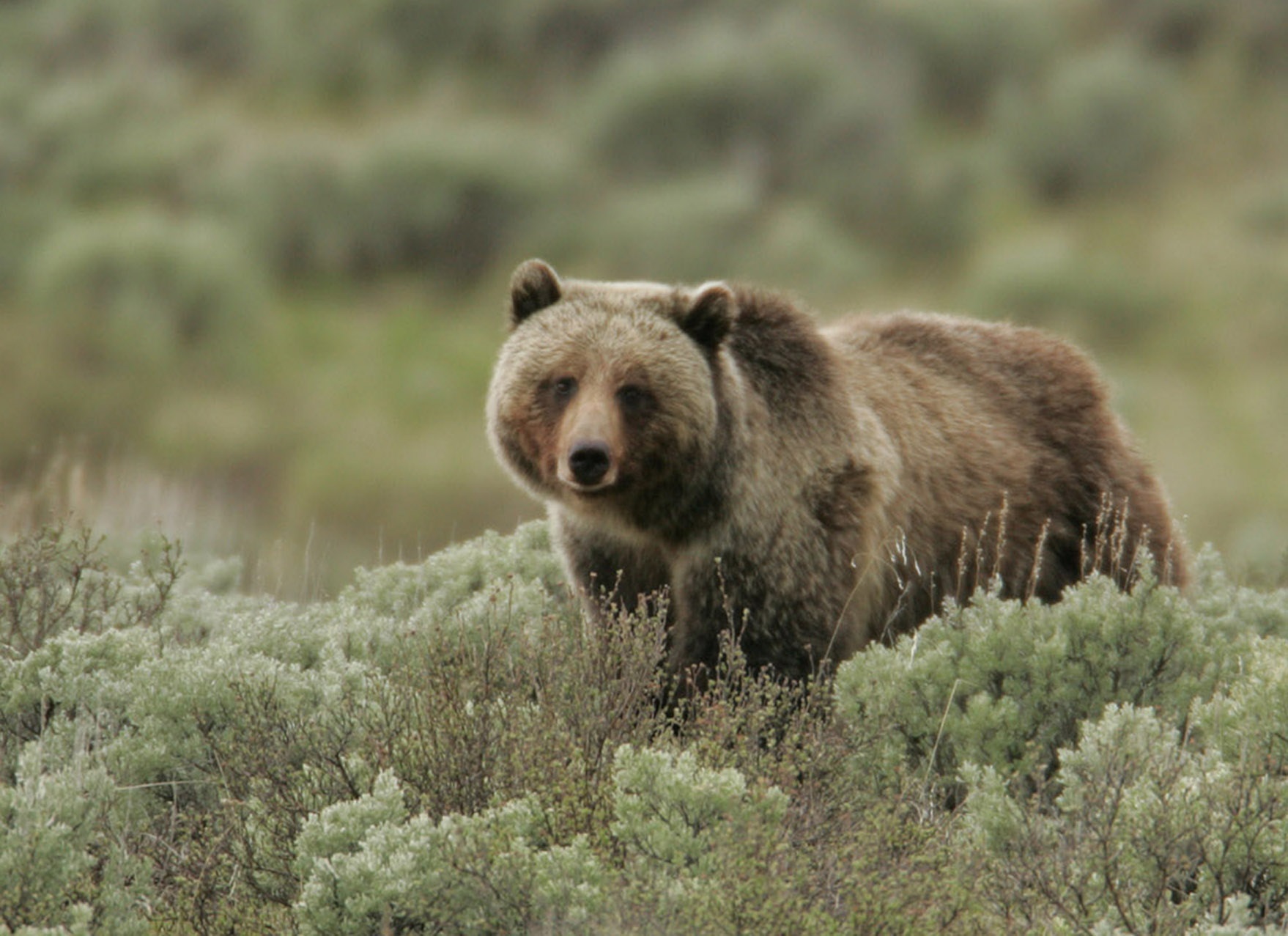When Lewis and Clark encountered the grizzly bear, they described it as a “most tremendous looking animal” but also a terrifying one. To this day, Americans marvel at the bear’s majesty — but preferably from a safe distance.
Tragically, the United States’ rapid western expansion caused a significant decline in the bear’s population, both due to hunting and fear of the bear’s appetite. Since 1975, the species has been listed as threatened under the Endangered Species Act. At that time, there were only about 136 grizzlies left in the Greater Yellowstone ecosystem.
Fortunately, things have dramatically improved since then. In 2016, the Obama administration proposed delisting the Yellowstone population, which now numbers 700. The grizzly would become only the 39th U.S. species delisted under the ESA due to recovery (out of more than 1,500 that have been listed). Collin O’Mara, president of the National Wildlife Federation, describes this accomplishment as “a true American conservation success story.” Many environmentalists agree.
But the view is not unanimous. And the story took a dramatic turn when a federal court struck down the delisting on behalf of dissenting environmental groups. Many will cheer the decision because it stops a planned hunt, which the state wildlife agencies in Wyoming and Idaho adopted as one of several management tools for the growing population.
But, regardless of how many of us feel about hunting, we should pause to consider the consequences of keeping recovered wildlife on the Endangered Species List. Failing to acknowledge and reward recoveries can undermine the incentives to recover other species. And the strict regulations needed to prevent a species’ extinction generate lots of conflict and, consequently, are a poor means of spurring ambitious and collaborative conservation efforts.
For instance, one of the challenges faced by the grizzly is that it is fractured into several populations with no ability to interbreed. One solution to this challenge would be to encourage the creation of migratory corridors connecting the populations. Unfortunately, keeping the bear listed poses a significant obstacle because many of these corridors would have to cross private land.
By making a rare species’ presence a liability rather than an asset, an Endangered Species Act listing can undermine the incentives for private landowners to accommodate species. So long as the bear remains listed, property owners face burdensome regulations if grizzlies migrate through their land — not to mention the other costs and challenges predators like grizzlies present for ranchers and other property owners.
Delisting the species would make it easier to overcome these hurdles, allowing migratory corridors to be provided more amicably. For instance, government and environmentalists could incentivize property owners to accommodate migratory bears, as American Prairie Reserve’s Cameras for Conservation program does by paying ranchers for the presence of wildlife documented by camera traps. Environmentalists could also reimburse ranchers for any lost livestock, an approach used successfully for gray wolves.
Incentive-based schemes such as these aren’t prohibited by the Endangered Species Act, but the law’s punitive approach makes it more difficult to recruit landowners where such schemes concern listed species. Many landowners fear that their cooperation will ultimately expose them to intrusive federal regulation. Additionally, the Endangered Species Act issues frequently devolve into conflict between regulators, landowners and conservationists, which is antithetical to such compromise efforts.
In the 1990s, for instance, the National Wildlife Federation and Defenders of Wildlife worked with the timber industry on a plan to reintroduce grizzlies to the Bitterroot ecosystem in central Idaho and western Montana. In talking to loggers, the environmental groups learned that the loggers’ biggest fear wasn’t having bears in their midst but the federal regulations that would accompany them. That dialogue led to a proposal for a locally driven management plan for a reintroduced population, which the U.S. Department of the Interior endorsed in 1997.
But the compromise plan was promptly attacked from both sides. Idaho sued, citing concerns that reintroduction would eventually lead to extensive federal regulation, while some environmental groups attacked the plan precisely because it didn’t include enough burdensome federal regulation.
Twenty years later, there’s still no grizzly population in the Bitterroot, thanks to this interminable conflict. Similarly, keeping the Yellowstone population on the endangered species list, despite its recovery, threatens to keep that population mired in conflict, too. That’s a shame because, for the grizzly bear population to continue flourishing, what we really need is creativity and collaboration.
This article originally appeared in InsideSources.




